CHROMA by John Divola
アメリカ人フォトグラファー、ジョン・ディヴォラ(John Divola)の作品集。本作は作者の代表作、『Zuma』を経て制作されていた未発表作品である。巻末に収録されているイギリス人キュレーター、デイヴィット・カンパニー(David Company)との対談の中で、我々がいかにあらゆる物事を色と結び付けながら認識しているかを指摘している。本作『CHROMA』は、ストロボにカラーフィルターやスヌートを取り付けることで鑑賞者の認識に揺さぶりをかけ、まるでパラレルワールドのような、見慣れているがどこか違和感を感じさせる世界へと我々を誘う。
「『Zuma』の直後、私はロサンゼルスのカルバーシティに位置する、廃墟となったメトロ・ゴールドウィン・メイヤーの裏宅地をよりストレートに撮影するシリーズを制作しました。それらは白黒写真でしたが、それから全く異なる試みを始めました。1980年頃には、写真に写すことのできない重力や磁気、水の流れ方、そして手のひらで目を押したときに見えるもの、といった事柄に関する一連の作品に取り組み始めたのです。また当時、『Zuma』で使用していたカラーネガフィルムから、大判のポジフィルムへの移行も行っています。初期のCタイプ・カラープリントは色あせがひどかったので、私はより安定した新しい素材を求めていました。このシリーズの非常に工業的かつ人工的で、深い彩度とコントラストを持つプリントは全てチバクロームであり、ポジフィルムからダイレクトに印刷されています。チバクロームは伝統的な写真の絵作りにおいては非常に欠陥のある素材でしたが、とてもユニークな特性を持っていたので、最終的に採用することになりました。」― デイヴィット・カンパニー(David Company)との対談より
Immediately after Zuma I made some rather straightforward photographs of the abandoned MGM Studios New York City back lot, in Culver City, Los Angeles. These were in black and white. I then decided to try something entirely different and around 1980.I started a body of work about things you can’t photograph: Gravity, Magnetism, which way water drains, and the things I see when I press my eyes with the palms of my hands. All of these images required the construction of some kind of visual metaphor. […] At the same time, I was switching from color negative that I was using for Zuma to large format color transparency. I had become aware that the early C-type color prints faded badly and was trying to use a new, more stable material. This was Cibachrome, which printed from transparencies. It was very industrial and artificial, with deep color saturation and contrast. It was a very flawed material for conventional images but with unique properties that I ended up embracing for the Chroma images.
— From the interview by David Campany

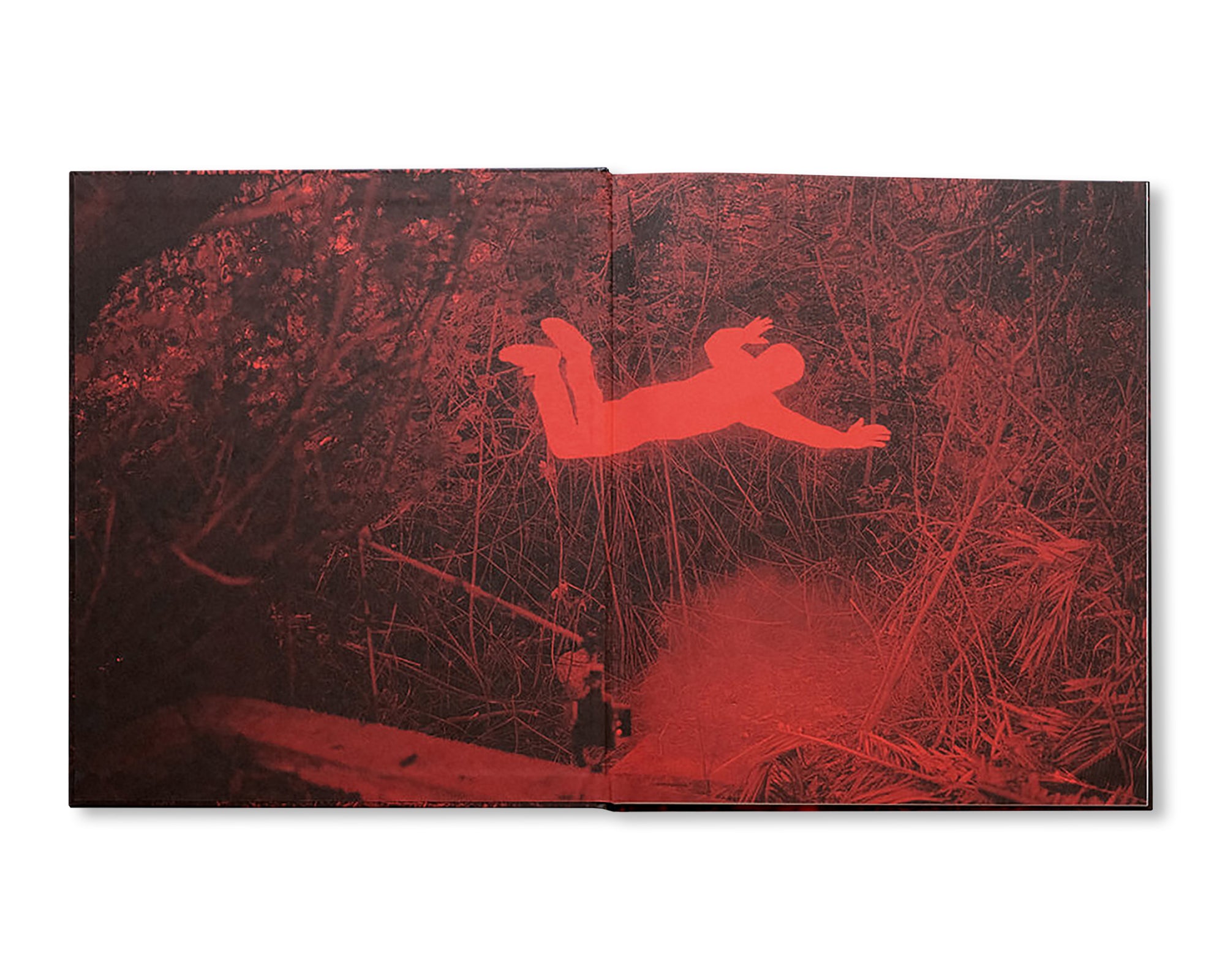
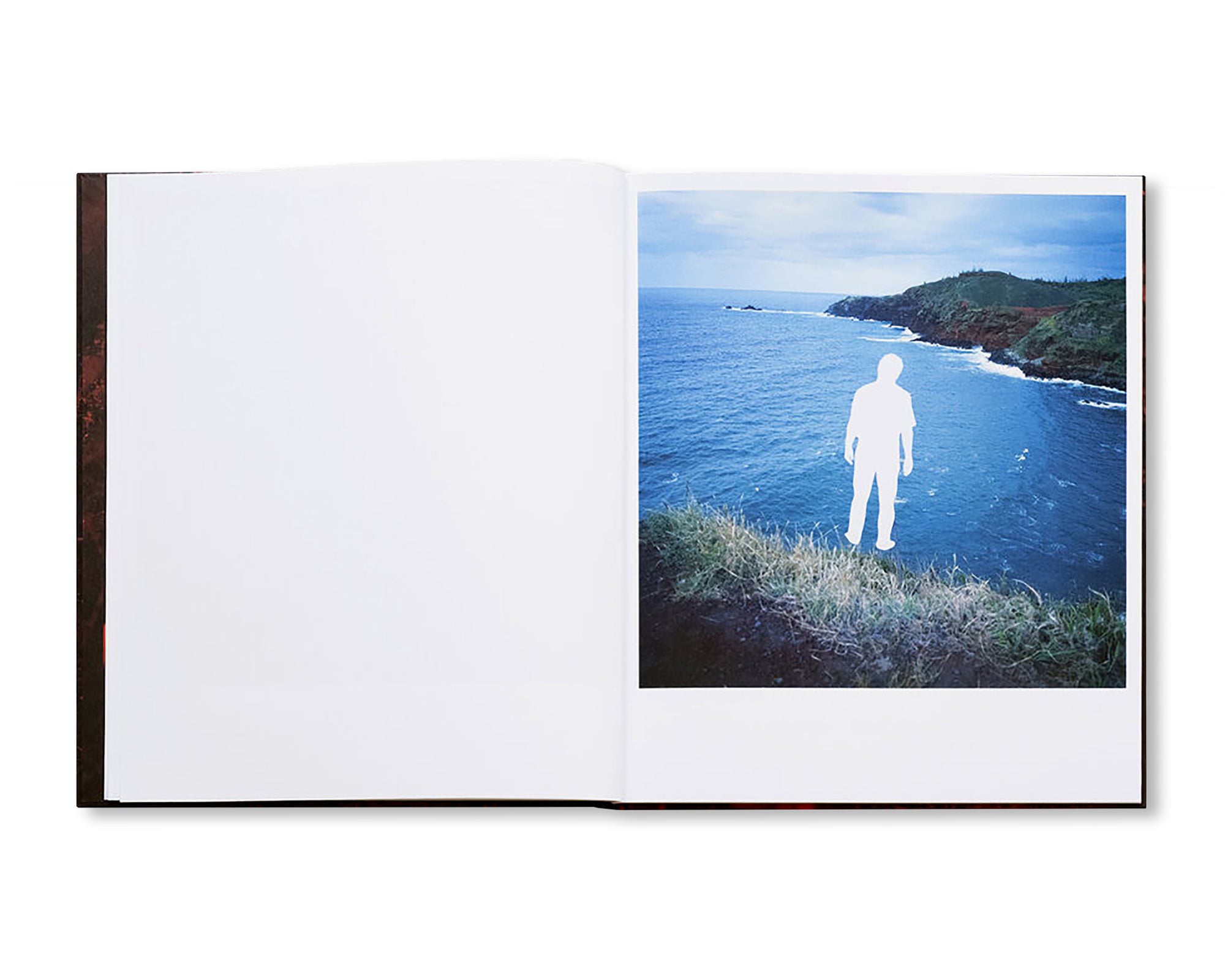


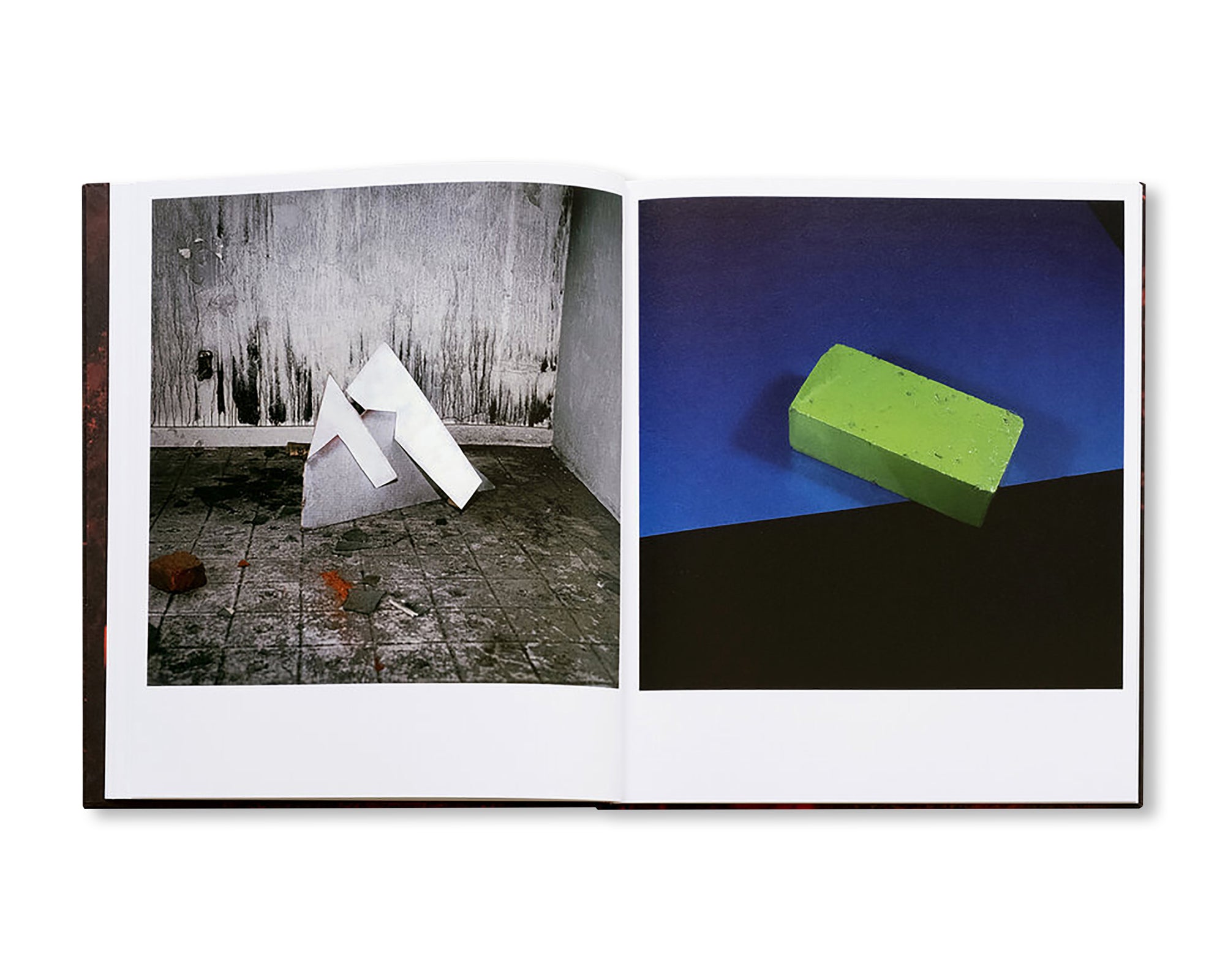
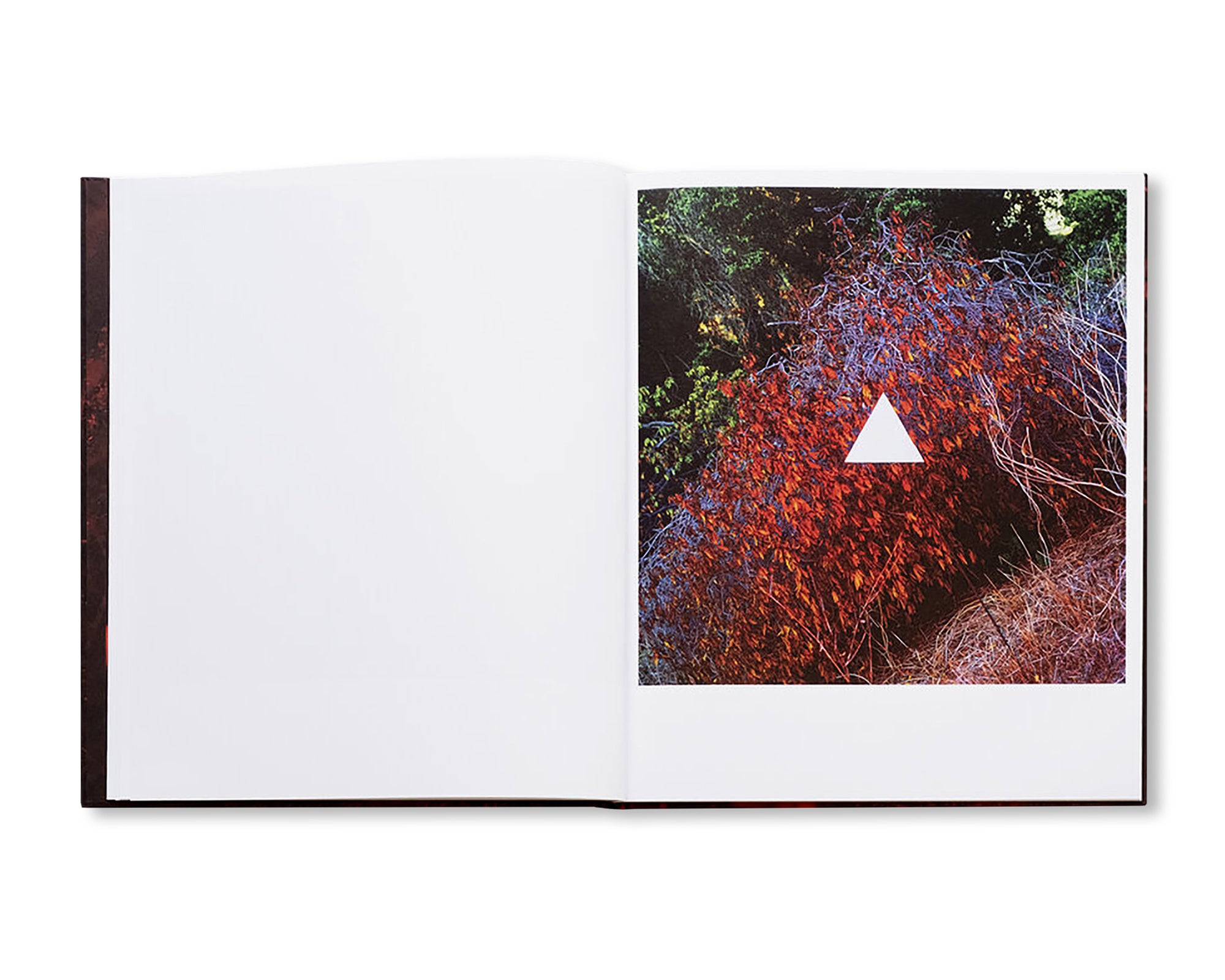


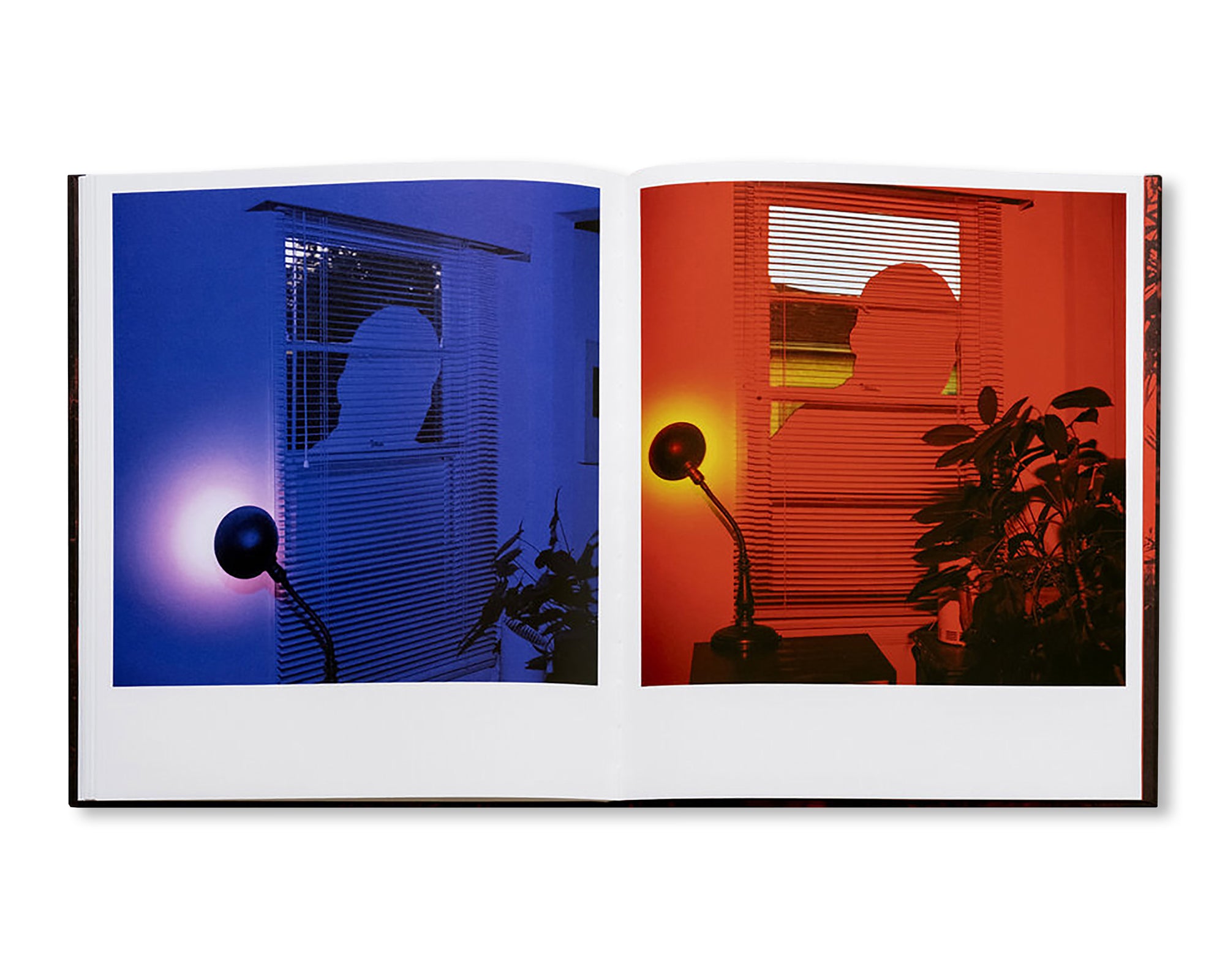

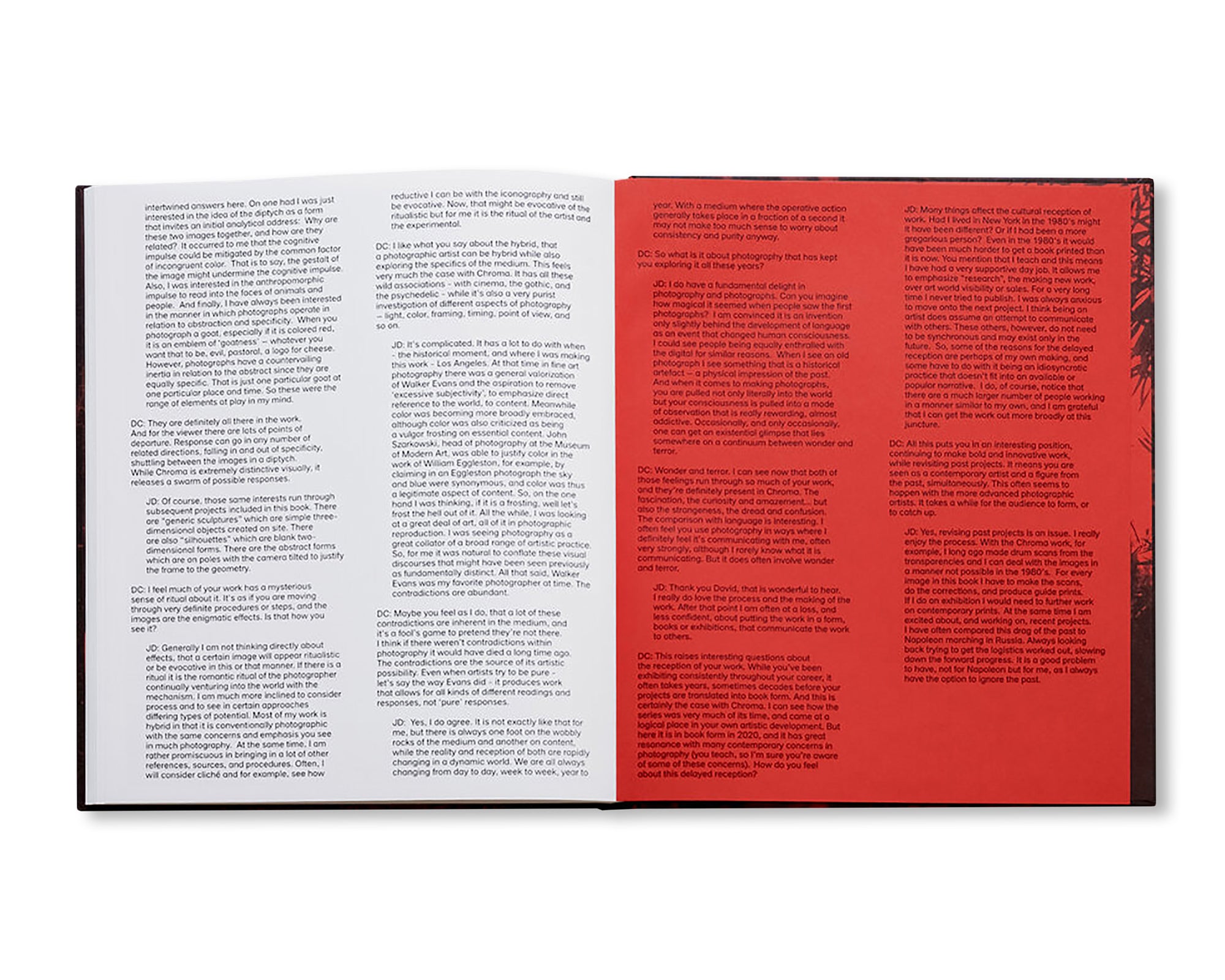
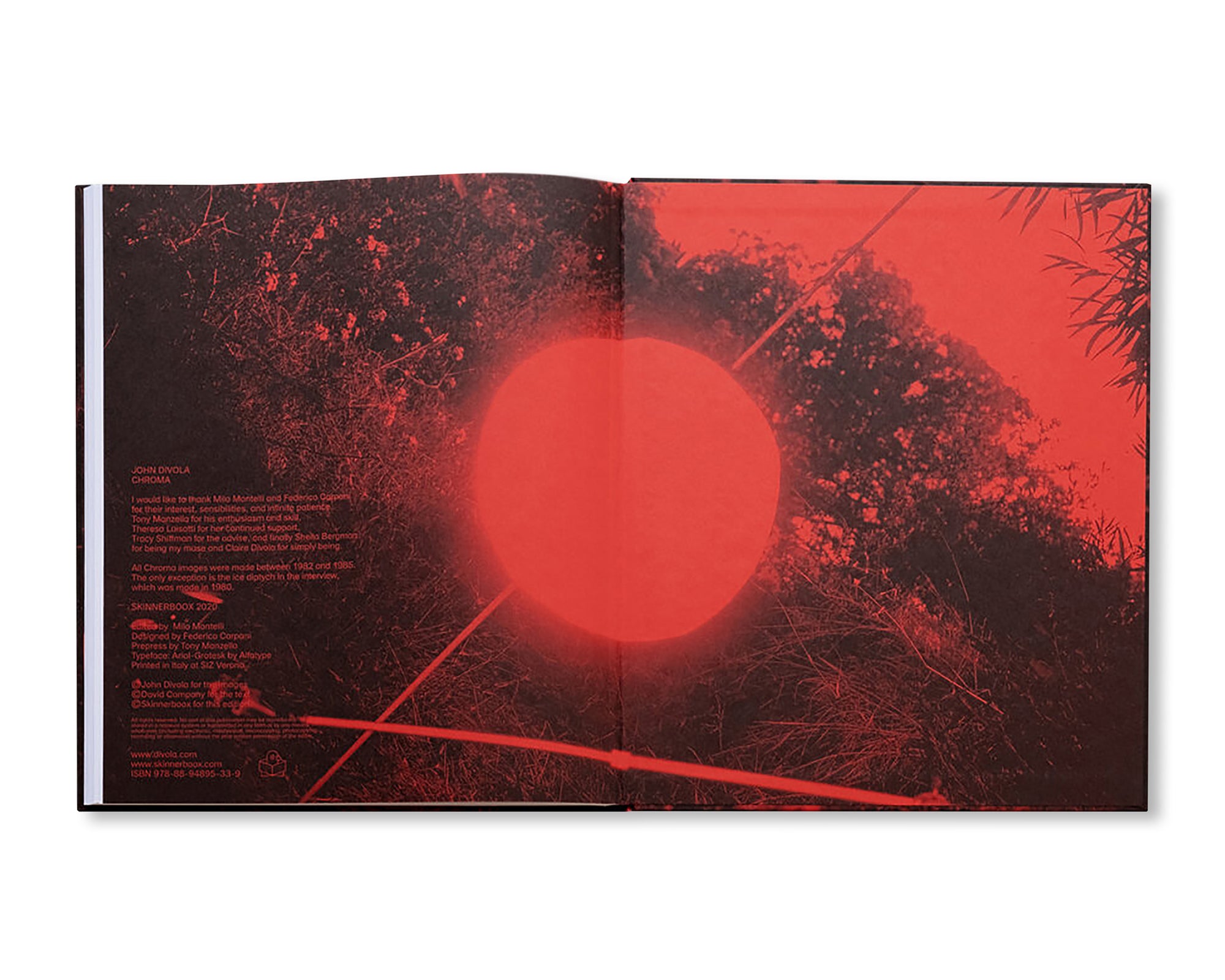
![ISOLATED HOUSES by John Divola [REMASTERED EDITION]](http://twelve-books.com/cdn/shop/files/00_d82b81fb-f9ff-4d5e-9af3-04cb420b1dd8_large.jpg?v=1755491752)
![DOGS CHASING MY CAR IN THE DESERT by John Divola [REMASTERED EDITION]](http://twelve-books.com/cdn/shop/files/00_140070d0-85d4-460b-9a15-65bee91585fa_large.jpg?v=1755496607)
![PICTURES FROM MOVING CARS by Joel Meyerowitz, Daido Moriyama, John Divola [NUMBERED]](http://twelve-books.com/cdn/shop/products/170822_2690_large.jpg?v=1571703964)
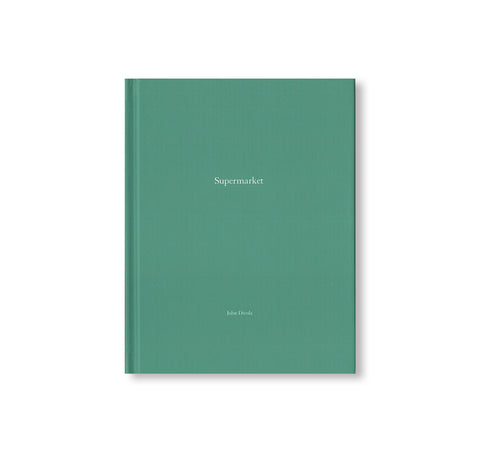
![TERMINUS by John Divola [SIGNED]](http://twelve-books.com/cdn/shop/products/Terminus00_5f55a930-f58c-4604-869c-ce1af1c96f37_large.jpg?v=1616314786)
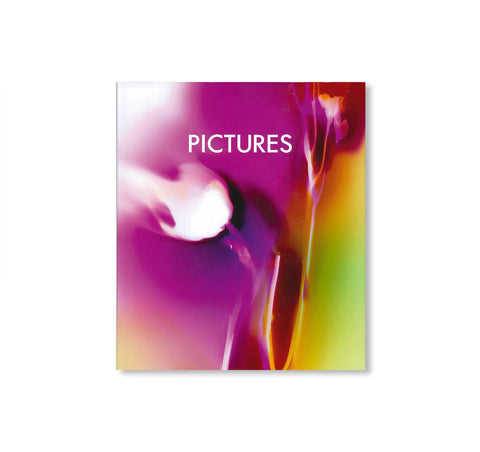
![VANDALISM by John Divola [SIGNED]](http://twelve-books.com/cdn/shop/products/vandalism_01_large.jpg?v=1571703965)
![A HANDFUL OF DUST by David Campany [SECOND EDITION]](http://twelve-books.com/cdn/shop/products/160112.14_2820_large.jpg?v=1571703834)